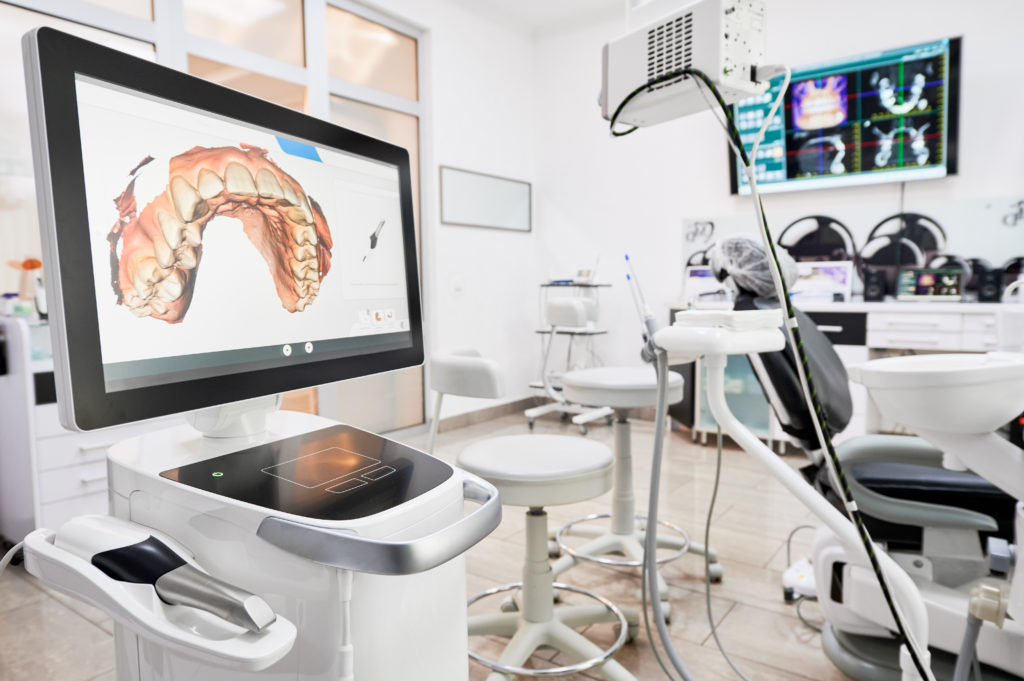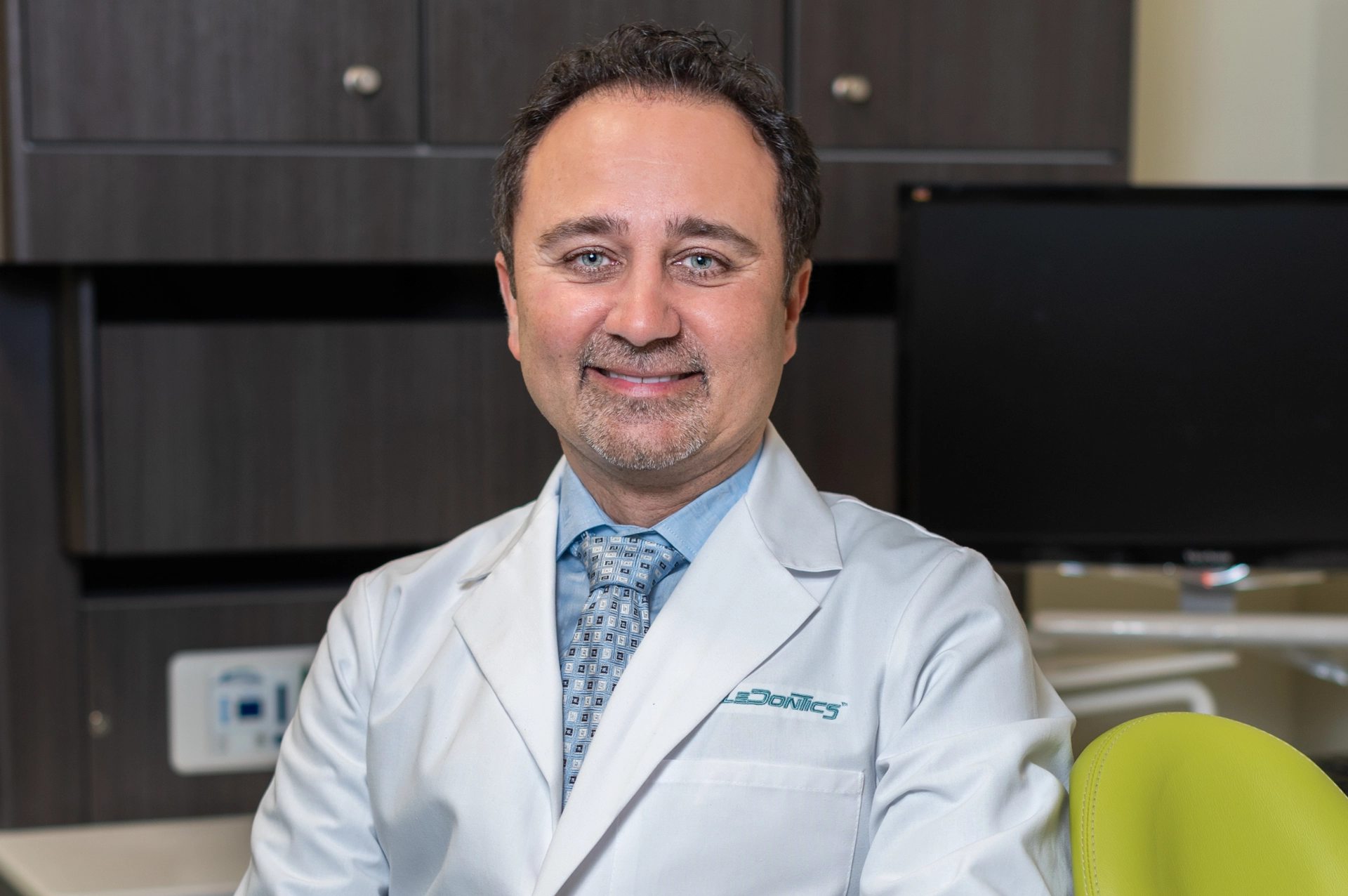
Children’s Dentistry: Past, Present, and Future
Innovative pediatric dentistry practices are built on years of research and study, but that research probably goes back further than you think. Advances in pediatric dentistry have changed the way the dental community approaches children’s oral health. With each new development, dentists are able to improve upon treatment practices creating better outcomes for their pediatric patients. For parents and their children, that means healthier mouths and healthier growing bodies.
History of Pediatric Dentistry
Dentistry has been around longer than you might think! There’s evidence of the history of dentistry dating back to at least 7000 BC, and a 2017 study suggests that Neanderthals may have used rudimentary dentistry tools as far back as 130,000 years ago. Ancient Egyptians created documents detailing tooth decay and oral disease, and evidence was recently discovered showing people even used beeswax for dental fillings about 6,500 years ago. However, it wasn’t until the late 17th and early 18th century that what we would consider modern dentistry was developed for adults.
From there, the history of pediatric dentistry was born. The first oral hygiene school was opened in 1913, and dental hygienists from this school in Connecticut were sent to schools to clean the children’s teeth. At the same time, Minnie Evangeline Jordon was in dental school, during which time she ran an oral health clinic at an orphanage. This inspired her to later open her own dental practice especially for kids in Los Angeles.
At this point, the history of dentistry for kids was solidified. In 1924, Jordon published the first book on pediatric dentistry in the English language. Then in the 1940s, the American Dental Association (ADA) recognized pediatric dentistry as a new specialty, and in 1947, the American Academy of Pedodontics was founded.
Modern Advances in Pediatric Dentistry
This new specialty, combined with more modern advances in pediatric dentistry, gave rise to better practices in the United States. In the 1950s, approximately half of school-aged children began to visit the dentist yearly. In the 1960s, the Pediatric Dentistry Training Program was created to increase the number of properly-trained pediatric dentists. Dental sealants were also introduced then to help prevent cavities in pediatric patients. Because of these newer concepts in pediatric dentistry, improved treatments continued to be developed and by the mid-1980s, cavities in 9-year-olds had dropped by 34%.
Beginning in the 2000s, the ADA endorsed the idea of establishing a dental care home by age one, and Surgeon General released the first report detailing oral health in America. When the Affordable Care Act was passed in 2010, pediatric dental care became an essential health benefit offered to anyone under age 19. As a result, approximately 86% of children aged 2 to 17 now visit the dentist every year.
Other innovative pediatric dentistry practices have helped improve oral health amongst children. Diagnostic tools like transillumination, which are bright lights that are used to help identify cracks and decay, and oral x-rays can help pediatric dentists spot harder-to-see problems. Newer techniques for applying fluoride or even numbing teeth and gums have also made dental visits easier and have reduced dental anxiety. Even small things like toothbrushes and toothpaste designed specifically for children help make dental care easier and more pleasant for even the littlest patients.
How Technology Advances Children’s Dentistry
We’ve seen rapid advancements in technology in nearly every facet of our lives. As such, it should come as no surprise that technologically innovative pediatric dentistry is changing the field. From the ability to let nervous kids watch a movie during dental procedures, to biocompatible dental materials that allow dentists to treat teeth with poor prognosis, new technology allows for better outcomes and better experiences for patients.
Technological advances can improve every aspect of pediatric dentistry. New medications used for infected teeth are very effective, and the materials used for fillings are safer, more aesthetically pleasing, and stronger than older materials. Even the sizing of instruments has improved to better fit children’s mouths. From treatments to prevention, newer concepts in pediatric dentistry continue to drive improved techniques and tools.
Future Technologies in Kids’ Dentistry
Innovative pediatric dentistry is now about to go even further, with the use of artificial intelligence on the horizon. Artificial intelligence in dentistry is already being used on a small scale to help book appointments and send reminders via software. However, it could also be used in a number of new and exciting ways, including:
- Aiding in designing and making dental prosthesis chair-side
- Aiding in orthodontic diagnosis and treatment planning
- Early detection of oral cancer in children
- Helping diagnose problems faster
- Making predictions about the progression of various dental issues
- Making predictions about the way a patient’s teeth will erupt
In the future, injection-free pain control may even be possible with the help of artificial intelligence devices. There is a lot of potential when it comes to incorporating new, exciting technology in dental offices, and that translates to more efficient and comfortable treatment for pediatric patients.
Learning About the History of Dentistry Improves Pediatric Outcomes
Ultimately, learning more about the history of dentistry for kids is not only beneficial to the dental community, but it can also benefit patients’ understanding of their dental health, too. Kids can be prone to believing what they hear from peers and on social media, and unfortunately, there is a lot of misinformation out there. For instance, dental fads running rampant on social media can actually harm your teeth—like charcoal toothpaste or the terrifying trend of home tooth fillings—so it’s important to provide kids with the right information so they don’t fall victim to these harmful fads.
In fact, learning about oral health and hygiene not only benefits your kids’ teeth, but it can impact the health of their entire body. Oral health can impact a person’s overall health. To find out more about this mouth-body connection, pre-order your copy of If Your Mouth Could Talk.
Sources:
https://kids.kiddle.co/Indus_Valley_civilization
https://kids.kiddle.co/Dentistry
https://mouthmonsters.mychildrensteeth.org/pediatric-dentistry-timeline/
https://en.wikipedia.org/wiki/Minnie_Evangeline_Jordon
https://dentalreach.today/dental-education/artificial-neural-network-in-pediatric-dentistry/
https://www.cdc.gov/nchs/fastats/dental.htm
https://www.innovativepediatricdentistry.com/5-pediatric-dental-advancements/
https://decisionsindentistry.com/article/current-approaches-to-pediatric-endodontics/

